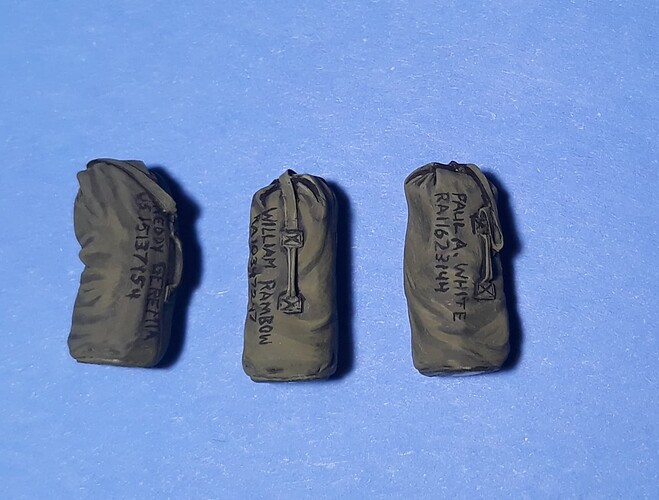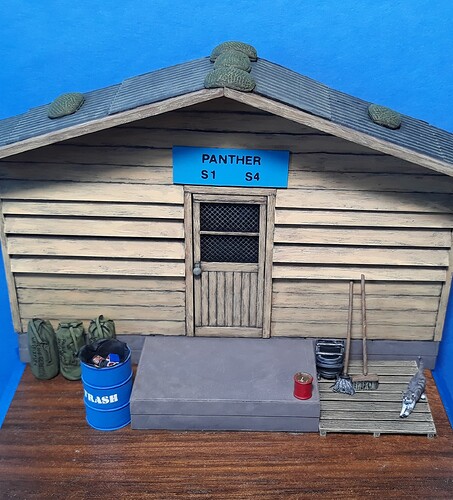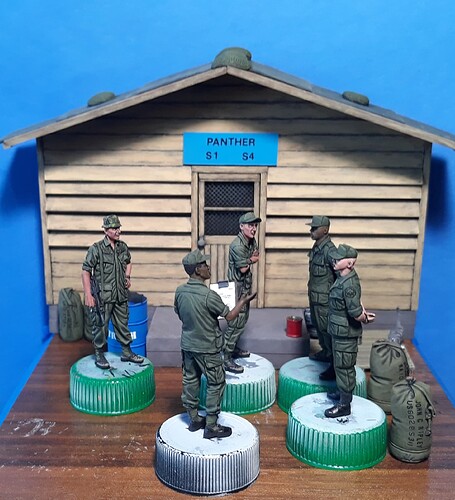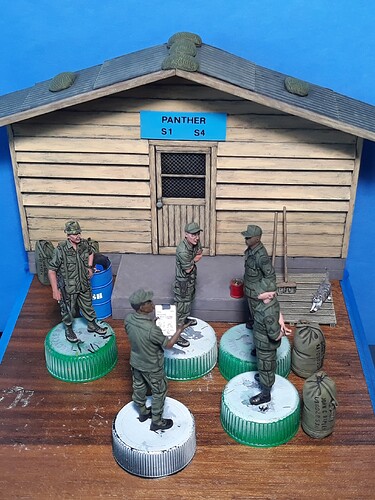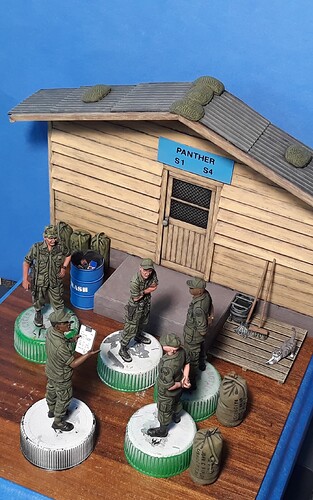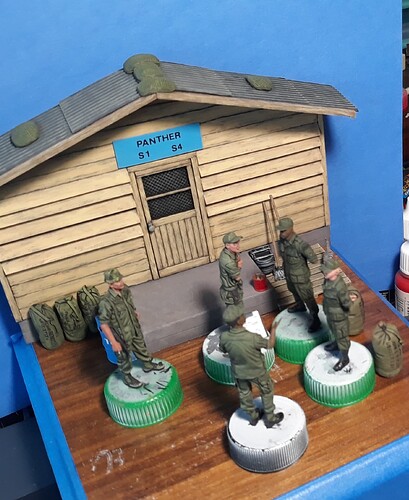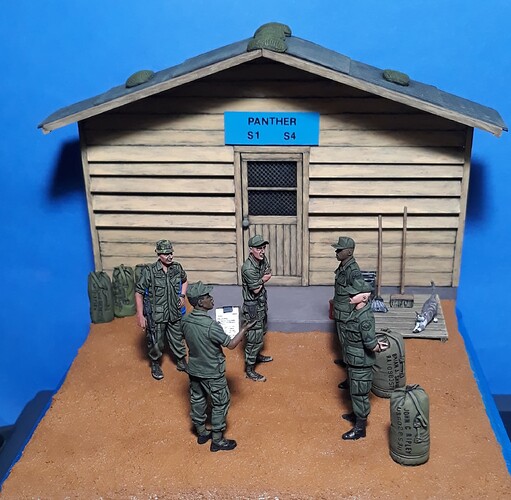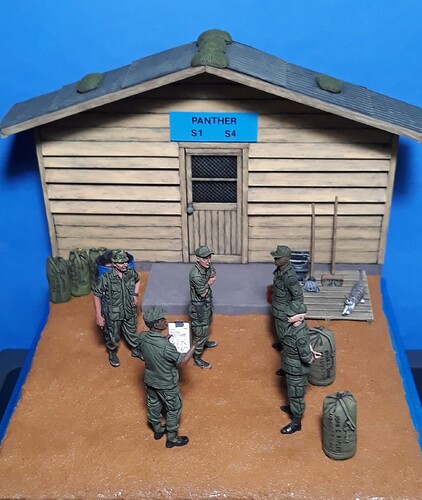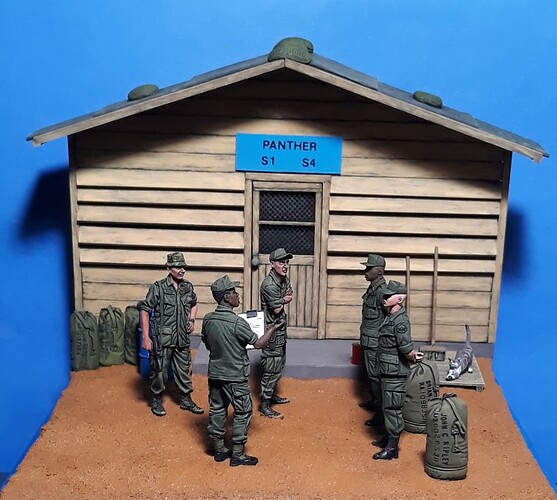The RA in front of serial number for someone who volunteered and US for draftee.
Prefix and serial numbers on their duffle bags. Under old serial number system, draftees had a “US” prefix, those who joined the Army had “RA” prefix. I’m not a serial number expert, but those of us who volunteered had a serial number that began with “1”, draftees were different (it’s been many years, and I can’t say I’m positive what their number range was, I think it was 5 or 6, but not sure)), so even if a draftee signed on for the extra year, his prefix would change to RA, but his serial number did not, So, you could still tell from a s/n how someone entered the Army. With change to Social Security numbers in late 60’s this all went out the window. Since duffles were issued and stenciled literally the first couple of days into BCT, the owners original prefix and s/n would be on his bag.
Yeah, that was very “unarmy like”, glad I went down and looked, because I’d have assumed it was last name first…
OK, hadn’t notice them. I was later, so used ss number. I recall the RA, NG and AR but not the US. I was an RA. Wayne
“RA5098”!! Was mine from 1982.
Ours was similar - at the Fort Benning School for Wayward Boys we would have to shout our component as we entered the mess hall - of course after doing ten pull ups outside the door.
RA! Regular Army; NG! National Guard; and ER! Enlisted Reserve, because of course on occasion it would spell RANGER…
ER, not AR, my mistake, only been 50 years! 71 to 74. ha ha Wayne
how did you do the name tags on the duffle bags, did you use stencils?
My duffel is stenciled, but I didn’t do the work. I don’t recall if it was done at clothing supply or a work detail in each company. Sorry, I just don’t remember.
In the late 1980s through 2016 mine were stenciled using either spray paint or Sharpie markers. For the two duffle bags in my diorama I used the smallest dry transfer letters and numbers I could find.
I’m an idiot! I thought Klaus-Adler was asking how the real bags were done, now I realize his question was how you did the ones in the diorama…ah well…
yeah, how did you do 5he writing on model scale duffle bags? lol
I used dry transfers from Woodland Scenics. They were meant for railroad stuff, but works on military stuff, too. Because the bags were rounded, it was more challenging to do the lettering than it usually is when I use them for bumper codes and unit designations on vehicles. I am not sure if I am going to use the 5 duffle bags that I was planning on setting up against the building because the Legend set has many folds and bends which would make dry transfers and even decals a pain in the butt to attempt.
Basically, I found the smallest letters and numbers I had, lined them up one by one and applied by burnishing a letter, then placing paper over the letter I just did and burnishing again, then moving on to the next one and repeating the process. It was monotonous and time consuming, but I think the result was worth it for those two duffle bags.
After I applied the dry transfers to the duffle bags of the new guys for the “FNGs” diorama, I contemplated if I was even going to use any of the duffle bags from Legend since they had a bunch of folds in them that would make using dry transfers damn near impossible. Today I decided that I would give painting the names and serial numbers on three of the bags a try and just use those. The lettering isn’t the greatest, but at viewing distance it isn’t that bad, so I will use these after all. I just need to add locks. The names of Bill Rambow and Freddie Geremia go together as they arrived as replacements for 1st Platoon C Company 2d Battalion 47th Infantry (Mechanized) 9th Infantry Division at the same time, so this honors their service. In the photo I realized that I misspelled Freddie as Freddy, so after I saw the photo I changed it to Freddie. Paul White is a friend of mine who I served with in 3-144 IN. I don’t remember what is middle initial was, but I went with an A because he served in the Australian Army in Vietnam in 1970-71 and this honors his service. (I am also making a two figure piece honoring his service in both the Australian and the US Army) I took only one photo, so here it is. All I have left is a cat to paint and then I will be ready to start getting this diorama completed.
Aside from putting locks on the duffle bags I painted yesterday, I got the accessories finished along with painting a cat to look like one of my cats. I glued the building facade to the base and made one last run to confirm the location and layout of the various elements of this diorama. Next I will start applying the groundwork. Sorry about some of the photos being a bit blurry.
I got the groundwork applied, accessories and figures positioned, and will wait for the groundwork to dry to see if I need to touch up any of the texture before painting it. I plan on adding a tuft of grass here and there.
This is already looking very good!
Great stuff buddy. Great stuff.
Looks really good! Thanks for taking the time to show step by step how much work it takes to create such a realistic image of one small moment in the war. It’s a true work of art.
If I may be serious for a moment, as a veteran of the Vietnam War, I just want to thank you for using your time and talent to create a remembrance to those who served there. Much appreciated.
Thank you, SFCJJC. I am glad that you like what I am doing. It is part of an ongoing project I started back in 2015 to chronicle the service of 2d Battalion 47th Infantry (Mechanized) 9th Infantry Division from their arrival in 1967 until their departure in 1970. As part of the project, I wanted to include scenes of daily Soldier life, and although that particular unit is the one depicted in most of my work, much of what I do is relatively universal and can be related to by many. My goal is to honor the service of Vietnam Veterans, such as yourself, because whether they know it or not, they made great impacts on my generation of servicemembers. I grew up as an Army brat and son of a Vietnam Veteran. All of my friends fathers and one mother served in Vietnam. When I joined the Marines and became a Recon Marine several of our Senior NCOs and officers were Vietnam Veterans who took the time to teach us things outside of doctrine that enabled us to do our jobs better. When I joined the Army, there were starting to become fewer Vietnam Veterans in the ranks as they were starting to retire, but they still had a positive influence on training and taking care of Soldiers. When I became AGR in the TXARNG, there were quite a few Vietnam Veterans in my unit. Many were only E4s and E5s, but they were the most dependable Soldiers we had. Each time I went to Iraq or Afghanistan, when we would return to the States, the first person we would see to greet us when we got off the plane would be someone wearing a Vietnam Veteran cap. It meant a lot to me and those were fairly emotional times because I know the type of welcome home many of you got compared to ours, yet here these men and women were there making sure we had a supportive homecoming.
It means a lot to me that you like my work. It means more to me when a Vietnam Veteran likes my work and appreciates the heart and soul effort I put into it than any medal or award I could win at a show. It is an honor for me to be able to do these projects.
